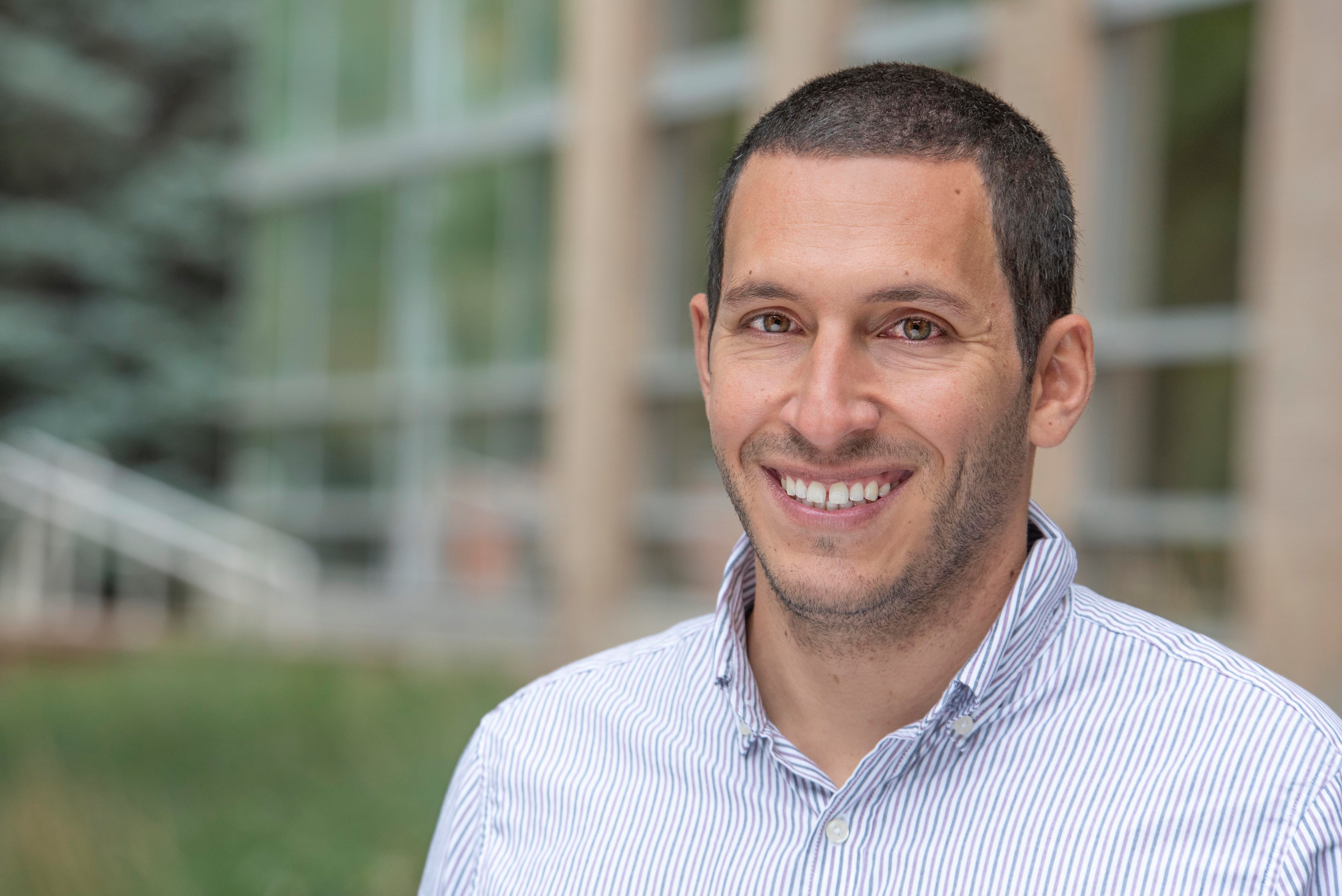Autism Spectrum and Developmental Disorders
I loved how you were able to provide bilingual options: Piloting Unstuck and On Target Caregiver Materials in Spanish
(PS4-21) I Loved How You Were Able to Provide Bilingual Options: Piloting Unstuck and on Target Caregiver Materials in Spanish

Jonathan Safer-Lichtenstein, Ph.D.
Postdoctoral Fellow
University of Colorado Anschutz Medical Campus
Aurora, Colorado, United States- LC
Laura Campos, B.A.
Clinical Research Coordinator
Children’s National Health System
Rockville, Maryland, United States - AR
Allison B. Ratto, Ph.D.
Assistant Professor
Children's National Hospital
Washington, District of Columbia, United States - MW
Monica Warner, LPC
Counselor
Monica Warner Counseling
Rockville, Maryland, United States - LK
Lauren Kenworthy, Ph.D.
Professor
Children’s National Health System
Rockville, Maryland, United States - LA
Laura G. Anthony, Ph.D.
Professor
University of Colorado Anschutz Medical Campus
Aurora, Colorado, United States
Author(s)
Co-Author(s)
Hispanic/Latine neurodivergent children (i.e. those with autism or ADHD) experience disparities compared to non-Hispanic white peers in access to intervention services (Smith et al., 2020). Monolingual Spanish-speaking Hispanic caregivers have even greater difficulty accessing services, with some studies showing English language proficiency to be the single most important factor in predicting access to services (Zuckerman et al., 2017). Unstuck and On Target is a manualized cognitive behavioral intervention targeting executive functioning (EF) difficulties in neurodivergent 3rd-to-5th graders (Cannon et al., 2021; Kenworthy et al., 2014). Accompanying materials for Unstuck (i.e., instructional videos, tip sheets, etc.) were developed and disseminated online to teach caregivers how to support their child’s EF during Covid-19. The materials were developed primarily in English, with 5 of the 13 videos translated to Spanish. The goal of this project was to leverage community feedback to create culturally responsive videos for Hispanic caregivers of neurodivergent youth.
Videos were then reviewed by 102 caregivers of neurodivergent children with EF difficulties, 15 of whom were bilingual and reviewed the Spanish videos in addition to the English videos. Caregivers rated each individual video for its informativeness and rated the videos overall for acceptability and likelihood to recommend to other caregivers. All ratings were done on 5-point Likert scales. Results indicated that Spanish-speaking caregivers rated the individual videos as more informative on average than did English-speaking caregivers (t’ = 2.28, p = .037), and rated themselves as more likely to recommend the videos to others (t’ = 3.01, p = .003). There was no significant difference between groups on video acceptability (p = .114).
While these findings are promising, they are very preliminary due to the small sample size of Spanish speakers. We recently finished professional translations of the remaining 8 videos into Spanish and began recruiting a cohort of monolingual Spanish-speaking caregivers to provide feedback on all 13 videos. This feedback in the form of quantitative (rating scale) and qualitative (focus group) data will be used to make changes to the videos as necessary and inform broader dissemination. We began recruitment on 3/6/24 and have enrolled 14 caregivers in one week thus far, with a goal of 36 by summer. We will analyze and include data from this new cohort of caregivers in the finalized poster.

.png)
